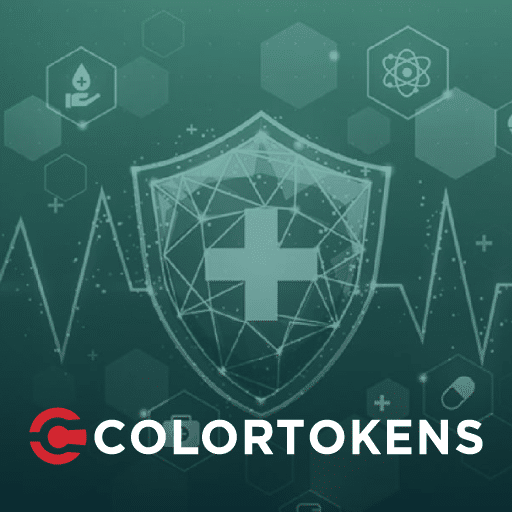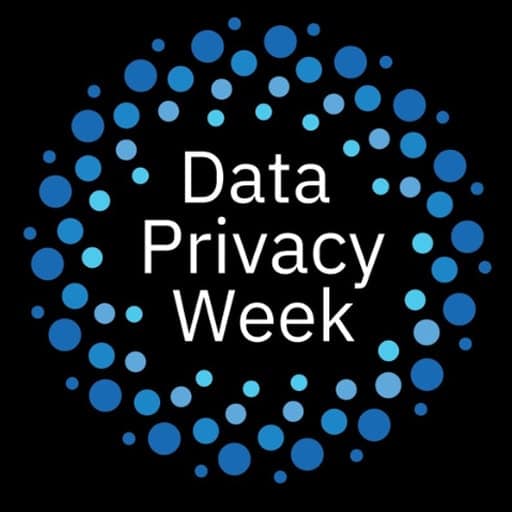Introduction
Cyberattacks in the healthcare industry are surging at an unprecedented rate, with fresh breaches making headlines nearly every day. Data from the U.S. Department of Health and Human Services (HHS) shows that major healthcare data breaches have seen a twofold increase over the last four years, affecting more than 88 million people in 2023—an alarming 60% rise compared to 2022. In the first six months of 2024 alone, more than 40 million patient records were compromised, marking a 31% increase from the previous six months, as reported by Paubox. Notable incidents include a significant breach at Change Healthcare, where over one million records were compromised, exposing sensitive patient data and Social Security numbers. Similarly, Ascension faced a data leak impacting millions, which revealed patient information due to a misconfigured database. These incidents highlight the critical need for robust cybersecurity in healthcare. Furthermore, the average cost of a healthcare data breach in 2023 reached $10.93 million, up 53% since 2020, placing a substantial financial burden on healthcare organizations.
The increasing pace of digital transformation in the healthcare industry to enhance patient service accessibility has amplified these cyber vulnerabilities. The rapid advancements brought on by the AI revolution have outdated previous security measures, making it essential for IT leaders to modernize their cybersecurity strategies. Given the rise of digital transformation, ransomware, and AI, CISOs and IT security leaders must adopt innovative security strategies to prepare for breaches and prevent the compromise of patient data.
The Rising Threat of Ransomware and AI
A concerning trend in 2024 healthcare breaches is the rapid lateral spread of ransomware and its ability to disable entire systems, from servers to medical devices. Data shows that 89% of healthcare organizations experienced ransomware attacks over the past year, and, according to Security Intelligence, ransomware incidents in healthcare are now occurring with alarming frequency and can lock down systems within minutes. According to Microsoft, approximately 97% of ransomware incidents enable cybercriminals to breach systems within a four-hour timeframe. Over the last four years, HHS data highlights a dramatic 278% surge in ransomware attacks targeting healthcare organizations. These breaches can lead to the shutdown of vital systems, blocking access to essential patient information, creating scheduling conflicts, and even interfering with urgent medical procedures.
Hospitals have also turned to AI to streamline healthcare delivery in response to the Generative AI boom. Innovations such as automated check-ins, smart hospital systems, and voice assistants are becoming widespread in healthcare settings. While AI enhances efficiency, it also poses new cybersecurity risks. Cybercriminals are increasingly utilizing AI to launch more sophisticated and targeted attacks, compelling healthcare providers to stay vigilant as cyber threats evolve.
Zero Trust Microsegmentation Architecture: Building a Strong Defense
With the number of security breaches in healthcare continuing to rise, IT leaders face numerous challenges in fortifying their defenses. A major hurdle has been the overwhelming number of cybersecurity solutions on the market, which often leaves IT professionals uncertain about which approach to take. Many organizations fall into the trap of implementing too many disparate solutions, leading to a fragmented security posture. Protecting patient data should be the highest priority, and healthcare institutions need a unified, comprehensive security strategy followed by all employees to prevent PII theft.
One solution is to adopt a Zero Trust Architecture. President Biden’s Executive Order requires that every federal agency adopt Zero Trust measures to protect against threats from nations like Russia, China, and North Korea. The healthcare industry should approach cybercriminals with the same vigilance and treat them as formidable adversaries. IT and security leaders must fully understand the key elements of Zero Trust and apply them effectively to their specific healthcare environments.
The core of Zero Trust is built around seven pillars: users, devices, networks, applications, workloads, data, visibility and analytics, and automation/orchestration. This security model emphasizes a data-first approach, with microsegmentation at its heart. Microsegmentation enables organizations to restrict lateral movement across the network, ensuring that connections between servers and users are made on a least-privilege basis, with every interaction verified. While no security solution can completely eliminate risks, Zero Trust aims to minimize them as much as possible, operating under the assumption that the hospital is already under attack. The focus should be on optimizing protection for critical infrastructure from that starting point.
Best Practices for IT Security Leaders
Since the COVID-19 pandemic, hospitals have been under intense pressure, grappling with workforce shortages, supply chain disruptions, and rising costs. With these challenges in mind, healthcare organizations need to reassess their security practices and consider how they will evolve in the next three to five years. For example, what kind of infrastructure will be required to accommodate cutting-edge technologies like IoT and AI to deliver efficient healthcare services? Leadership must commit to adopting and maintaining more resilient security protocols, and organizations need to allocate the necessary budget to execute Zero Trust Architecture.
Until recently, implementing Zero Trust principles like microsegmentation was beyond the means of most healthcare security teams. However, recent advancements in security software now allow even smaller teams to execute microsegmentation strategies effectively without requiring enormous resources.
With the Securities and Exchange Commission (SEC) adopting cybersecurity disclosure rules for public companies, healthcare organizations must prepare to comply with these regulations. First, IT and security leaders must conduct ‘materiality’ assessments that align with stakeholders’ concerns. Then, they must collaborate with business leaders to review and refine disclosure controls, incident response strategies, and business continuity plans. Implementing Zero Trust and microsegmentation is essential for containing ransomware attacks and preventing their lateral spread. Continuous monitoring of material information is also crucial, and seeking external legal and compliance counsel can help ensure federal and state requirements are met. Furthermore, tabletop exercises should be conducted so teams are prepared to fulfill their breach reporting responsibilities. Consistency and accuracy in internal and external communications will help increase transparency and trust.
Getting Breach Ready
Healthcare organizations must take the SEC Disclosure Rule seriously, as publicly traded companies such as Clorox have recently reported significant cyber incidents to the SEC. The agency has already penalized several companies for failing to comply with these guidelines. In one notable case, SolarWinds and its Chief Information Security Officer (CISO) were charged with fraud and internal control failures. This represents a major shift in the government’s approach to cybersecurity, holding individuals accountable for organizational breaches. This trend will have a lasting impact on reputations, especially for CISOs. The SEC recognizes the far-reaching consequences cyberattacks can have on organizations and their investors, which is why these disclosure rules are designed to prevent and minimize the damage.
Compliance is not optional for healthcare organizations. It is a necessary step toward enhancing digital resilience, reducing the growing attack surface, and ensuring preparedness for future breaches.
If you’re ready to explore breach readiness strategies like microsegmentation and make healthcare security a priority, let’s initiate a discussion.






